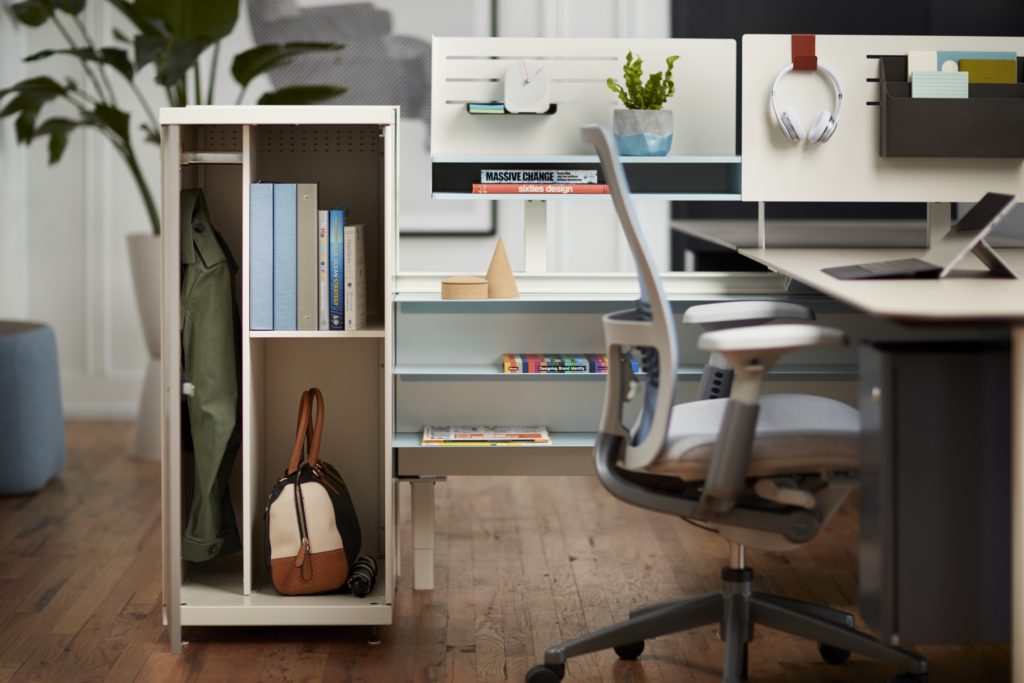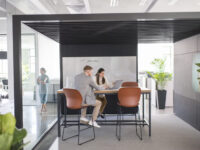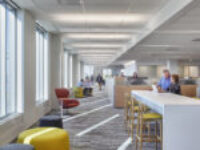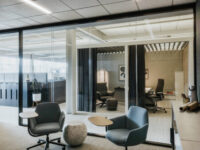Hi everyone!
Chelsea here – I’m excited to dig into this book with all of you, the content to support the past 4 years of research as well as the illustrations make this book very enjoyable and a quick read! If you haven’t already, grab a copy and join me!
Chapter 1 – Process & Experience
Life of Work takes a thought-provoking approach to evaluating the quality of life inside the workplace, where we spend a huge chunk of our life. They quote the Roman Architect Vitruvius, “Good design is a combination of firmness, commodity, and delight,” and harm on the lack of delight we see in workplaces today. Designers have done a great job of challenging the concept of “one size fits all” or “cube farm” to not only encourage delightful environments but more productive ones. In the following chapters we’ll dive into what research tells us about knowledge interactions such as the public library, the emotional landscapes of theatre design, flexible temporary events in the urban public realm, and intensive team environments in air traffic control, media newsrooms, and emergency departments to support that movement.
This research we will hear about was done by the Helen Hamlyn Centre for Design at the Royal College of Art in collaboration with Haworth and Philips Lighting.
Their viewpoint of the working life is what drew me in, taking into consideration not only the process of work but also the experience during that. The research you will read about will help you look at the workplace past the physical setting and focus on the people centered environment and the psychological influence it can have on people.
When I was reading this book I asked myself, “Why do we work?” and the obvious answer was to provide for ourselves and our loved ones, but this book reminded me of the most important reason and that is, we as human beings thrive off comfort, connection, and social interaction and the workplace, when thoughtfully designed, can deliver that. One of the driving factors behind the need for this research is the growing rates of dissatisfaction, disassociation, stress and sick leave reported in the workplace. The need for change is NOW! Around seventy percent of your life is spent in the workplace and the last thing it should be doing is wreaking havoc on our safety, health, and well-being.
Let’s talk about process – very simple word with an extremely complex meaning. In the industrial age, process was all about efficiency. Not that efficiency is important because it is, but today’s process maps look very different, so shouldn’t our work environment reflect that? As stated in Chapter 1, “The more our knowledge economy grows and technology advances, the more unpredictable our process becomes.” Most work environments today are not designed to support the sharing of that knowledge, which is crucial for innovation and overall organizational success. Today, with the Google’s and the Amazon’s, if you aren’t focusing on innovation, you’re going to struggle. As companies drive innovation and develop a dynamic process to support the sharing of ideas, if the environment in which their employees are working in does not change to support them, it may cause counter-productivity and the pathway towards stress and dissatisfaction or even rage in some circumstances begins. In chapters two through six we will hear about the ideas and inspiration they found in some unlikely places to influence change in the twenty-first century workplace, to result in a better work environment for people.
In chapter 1 we read about two researchers who highly influenced their way of thinking, Jacqueline Vischer and Craig Knight. We explore Vischer’s “Comfort model of user efficiency and wellbeing,” and consider not only the physical and functional comfort levels, but the impact of psychological comfort. After that you’ll learn about the studies performed by Knight to test productivity and wellbeing in different environmental conditions. I think you will agree with the research, that both studies bring us to find that the balance of the ability to function at work and emotional experience within the space need to be equal in weight.
I hope you will continue to read with me this month to gain insight into untangling the pathways between process and experience!




